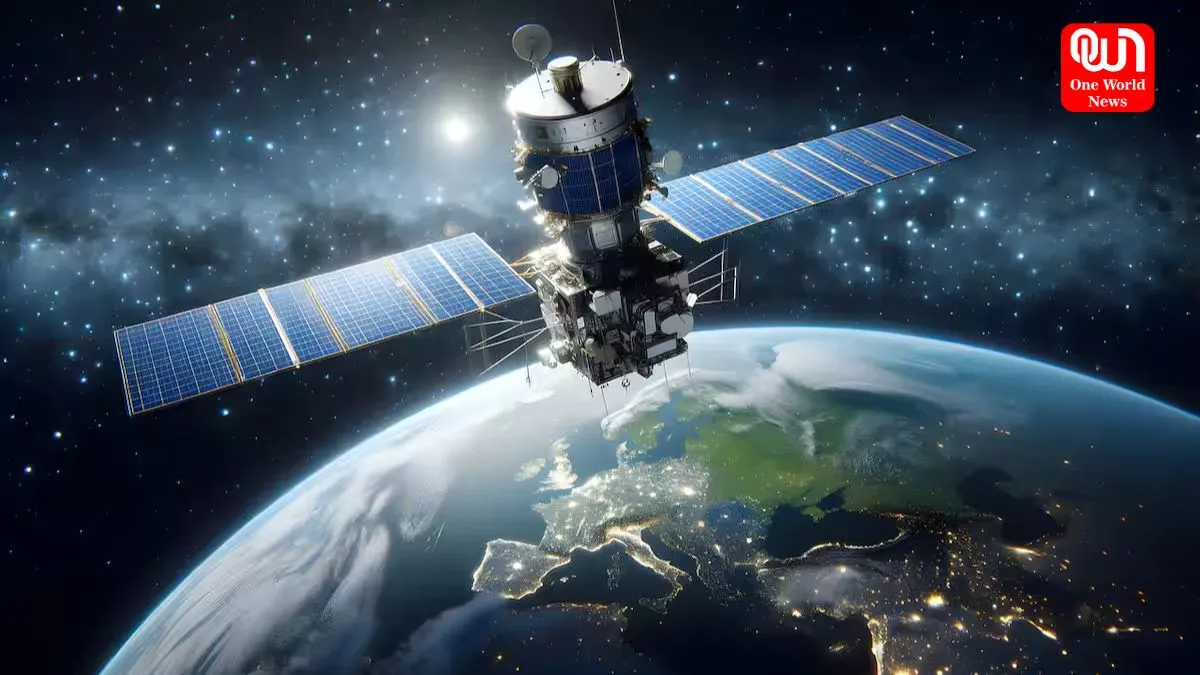ISRO’s EOS-08 Satellite Launch on August 15
ISRO's EOS-08 satellite launch on August 15, 2024, via SSLV-D3, features advanced tech for earth observation, disaster monitoring, and environmental tracking.
ISRO’s EOS-08 Satellite Set for August 15 Launch: Final SSLV-D3 Mission to Enhance Earth Observation and Advanced Space Technology
The Indian Space Research Organisation (ISRO) is planning for the launch of its upcoming earth observation satellite EOS-08 to be launched on the independence day, 15th August 2024. This will be the SSLV-D3, the third and final developmental flight of the Small Satellite Launch Vehicle. The SSLV-D3 is set to launch from Sriharikota at 09:17 IST; the EOS-08 microsatellite on board will mark the successful culmination of the SSLV Development Project and open the path to other operational missions managed by the Indian industry and NSIL.

Read more: Is Bangladesh becoming 2nd Pakistani on our East ?
EOS-08, built on the Microsat/IMS-1 bus, will host three key payloads: They consist of the Electro Optical Infrared Payload (EOIR), the Global Navigation Satellite System-Reflectometry (GNSS-R) payload, and the SiC UV Dosimeter. The EOIR payload is to have high resolution thermal imaging capability in Mid and Long Wave bands useful in applications such as satellite surveillance, disaster management, environment monitoring, and fire fighting. At the same time, the GNSS-R payload will help the remote sensing of ocean surface winds and sea surface height; soil moisture; and cryosphere over the Himalayas. Another equipment that will aid Gaganyaan Mission Crew Module is the SiC UV Dosimeter, used to measure UV irradiance and gamma radiation.
Read more: Delhi liquor policy case -Manish Sisodia gets bail
We’re now on WhatsApp. Click to join.
Having a mission life of one year, EOS-08 is weighs about 175kg. 5 kg and comes with approximately 420 Watts of power output. It has an Integrated Avionics system that can comprises communication, baseband, storage, and positioning in one integrated unit. This system includes COTS and is capable of handling 400 GB of data, which creates a clear signal of ISRO’s further development of satellite technology.
Like this post?
Register at One World News to never miss out on videos, celeb interviews, and best reads.








